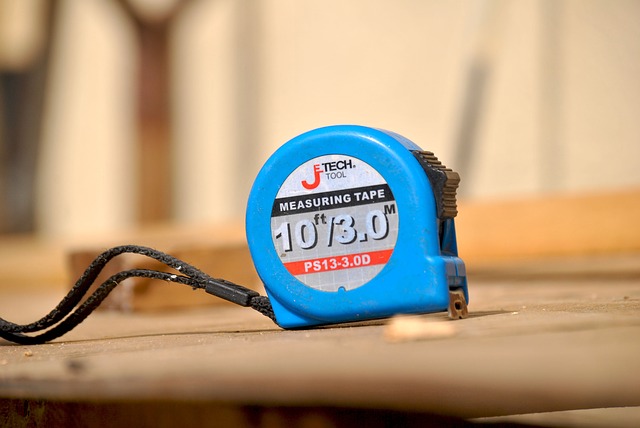If you are running a live chat software on your e-store, it’s a waste not to make use of the proactive chat feature for this purpose.
Much like its name, proactive chat means you actively reach out to your visitors by sending them a chat invitation, instead of waiting for them to initiate the conversation first. This can be done manually or automatically through triggers. Trigger is a set of predefined rules that when one or all of the rules are met, the system will automatically fire a pre-crafted chat greeting to visitors. This means less workload for your ever-busy chat agents.
In this blog post, we are going to look at how using proactive chat on your product pages can improve conversion rate and get you more buyers.
Let’s dive in.
1. Engagement

Once visitors land on your product page, how are you going to get them stay rooted to it instead of bouncing off to check their Facebook feeds or watch some YouTube videos? More than likely, incentives get people engaged, especially when it comes to first-time visitors. You need something to show them that spending their hard-earned money on your products is a wise choice.
Live chat allows you to see a visitor’s real-time activities on your site. When someone is viewing a certain product page, you can use trigger to send out a chat invitation and offer them some incentives (coupon, discount, deal, etc) that go with the product.
This can pique their interest and get them stay longer. You can also seize this chance to upsell but be sure to give your visitors some time to look through the page before you jump in and initiate the talk.
Not like displaying your sale offers on the product page for everyone to see, using proactive chat allows you to send your deal to targeted visitors only. They can be your first-time customers, customers who reach a certain cart value, or anyone that meets your certain preset criteria.
This targeting tactic could be more effective than running a massive campaign. It makes your customers feel important as you are sending them private promotions and they would be more excited to claim the deal, even if sometimes they don’t really need the items.
2. Convenience

Many are willing to pay more for convenience when shopping online. If your product page screams nothing but “convenience” and your customers feel comfortable browsing it, you can sell more. But if it’s not, you should reach out to assist them in a proactive (not reactive) manner. Don’t wait until they come to you with a question, because some never do. They are willing to visit another store for a more convenient shopping experience, even if the price can be higher.
With proactive chat, you can interact with customers more actively. For instance, when you see a customer is viewing many product pages without adding anything to their cart, it’s very likely that they are having a hard time trying to decide. Your job is to go out there and help them make up their mind.
You can send them a chat invitation to offer help and show them some comparison between similar items or tell them more about the product’s features, availability or notice of usage, etc. Sometimes all it takes is a little more information to convert your visitors into buyers.
3. Credibility
 Trust helps facilitate the buying process. Building trust is when you can get customers feel confident while browsing your product pages without being anxious of wasting their time with an unreliable retailer. Therefore, should any issue arise, you’d better jump right in and clear the misunderstanding before your prospects click away.
Trust helps facilitate the buying process. Building trust is when you can get customers feel confident while browsing your product pages without being anxious of wasting their time with an unreliable retailer. Therefore, should any issue arise, you’d better jump right in and clear the misunderstanding before your prospects click away.
When there is something wrong with the “add to cart” button and your customer can’t create their shopping cart, you should send them a chat message right away. Get someone to work on the error while you initiate the talk with your customer, let them know the issue is being looked at and persuade them to stay. Whatever you do, don’t let them leave in anger or distaste.
Another example is when you find someone stay idle on your product page for too long. It could be that there is something about your product that gets people confused or doubtful. They may be comparing prices or “asking Google” for more information.
To deal with this, you can set up a trigger so that when a visitor stays idle on your product page and doesn’t move on after a certain amount of time, a chat message is fired, asking if there is any issue and if they need help. Since instant support is always highly appreciated, you are sure to have a higher conversion rate with proactive chat.
4. Message
Crafting your compelling chat invitation is as important as setting up the trigger scenarios. For a proactive chat that really converts, make sure your message is as specific and personal as possible.
Greet customers by their names and collect all the data you have about them (where they come from, which pages they have been viewing, did they leave any comment, etc) to chat with them in their own context. Who wouldn’t love a personalized shopping experience?
Since you are the one initiating the chat and need customer’s response, don’t sound too pushy or robotic. People trust a human, not a machine and they don’t like someone who intrudes their personal space. Therefore, be short and sweet and your proactive chat will work.
Are you using proactive chat on your product pages? How does it improve the conversion rate? Share your experience with us in the comment below or if you are new to live chat software, install Subiz now to try proactive chat for free.





